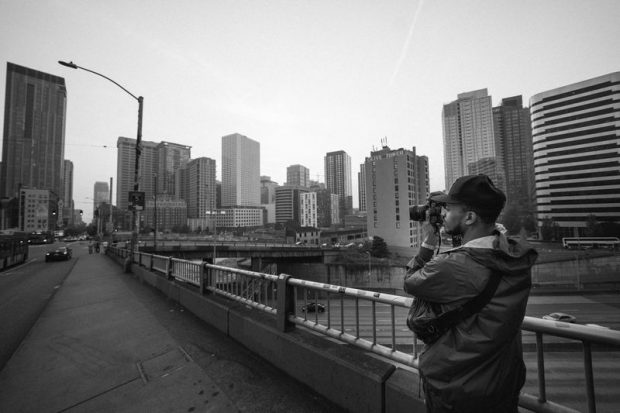The Single Strategy To Use For Framing Streets
The Single Strategy To Use For Framing Streets
Blog Article
Unknown Facts About Framing Streets
Table of ContentsSome Known Incorrect Statements About Framing Streets The smart Trick of Framing Streets That Nobody is DiscussingThe Definitive Guide to Framing StreetsFraming Streets Fundamentals Explained9 Simple Techniques For Framing StreetsThe Best Strategy To Use For Framing Streets
, generally with the goal of capturing images at a crucial or poignant minute by cautious framing and timing. https://www.youmagine.com/framingstreets1/designs.
Framing Streets Things To Know Before You Get This
Susan Sontag, 1977 Road photography can concentrate on people and their habits in public. In this respect, the street professional photographer is comparable to social documentary digital photographers or photojournalists that also work in public places, however with the purpose of recording newsworthy events. Any of these photographers' photos might capture individuals and property visible within or from public places, which often involves browsing moral issues and legislations of personal privacy, security, and property.
Representations of daily public life develop a category in virtually every duration of world art, starting in the pre-historic, Sumerian, Egyptian and early Buddhist art periods. Art managing the life of the road, whether within sights of cityscapes, or as the leading concept, shows up in the West in the canon of the North Renaissance, Baroque, Rococo, of Romanticism, Realism, Impressionism and Post-Impressionism.
What Does Framing Streets Do?
Louis Daguerre: "Blvd du Temple" (1838 or 1839) In 1838 or 1839 the first photograph of numbers in the street was taped by Louis-Jacques-Mand Daguerre in one of a set of daguerreotype views drawn from his workshop window of the Boulevard du Holy place in Paris. The second, made at the elevation of the day, shows an uninhabited stretch of road, while the other was taken at regarding 8:00 am, and as Beaumont Newhall reports, "The Blvd, so continuously filled with a relocating throng of pedestrians and carriages was perfectly solitary, other than an individual that was having his boots cleaned.
, that was motivated to take on a comparable documents of New York City. As the city created, Atget assisted to promote Parisian streets as a deserving topic for digital photography.

8 Easy Facts About Framing Streets Described
Martin is the very first taped professional photographer to do so in London with a masked cam. Mass-Observation was a social research organisation founded in 1937 which a fantastic read intended to videotape day-to-day life in Britain and to tape-record the responses of the 'man-in-the-street' to King Edward VIII's abdication in 1936 to wed separation Wallis Simpson, and the succession of George VI. Andre Kertesz.'s widely appreciated Images la Sauvette (1952) (the English-language version was titled The Decisive Moment) advertised the concept of taking a photo at what he described the "crucial moment"; "when form and material, vision and structure combined into a transcendent whole" - photography presets.
The 45-Second Trick For Framing Streets
, after that a teacher of young kids, connected with Evans in 193839.'s 1958 book,, was significant; raw and frequently out of emphasis, Frank's pictures questioned traditional photography of the time, "challenged all the official policies laid down by Henri Cartier-Bresson and Pedestrian Evans" and "flew in the face of the wholesome pictorialism and sincere photojournalism of American publications like LIFE and Time".
Report this page